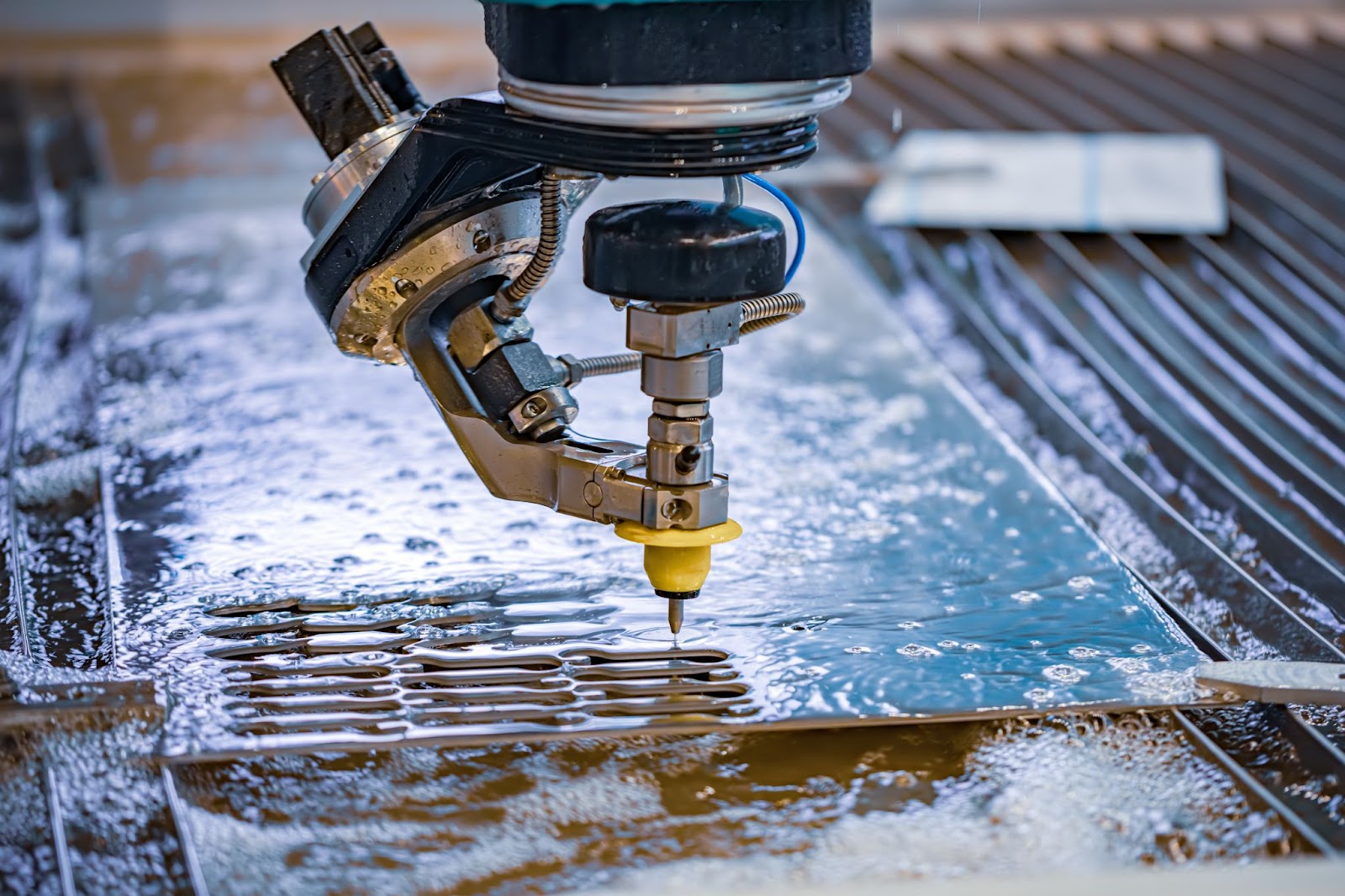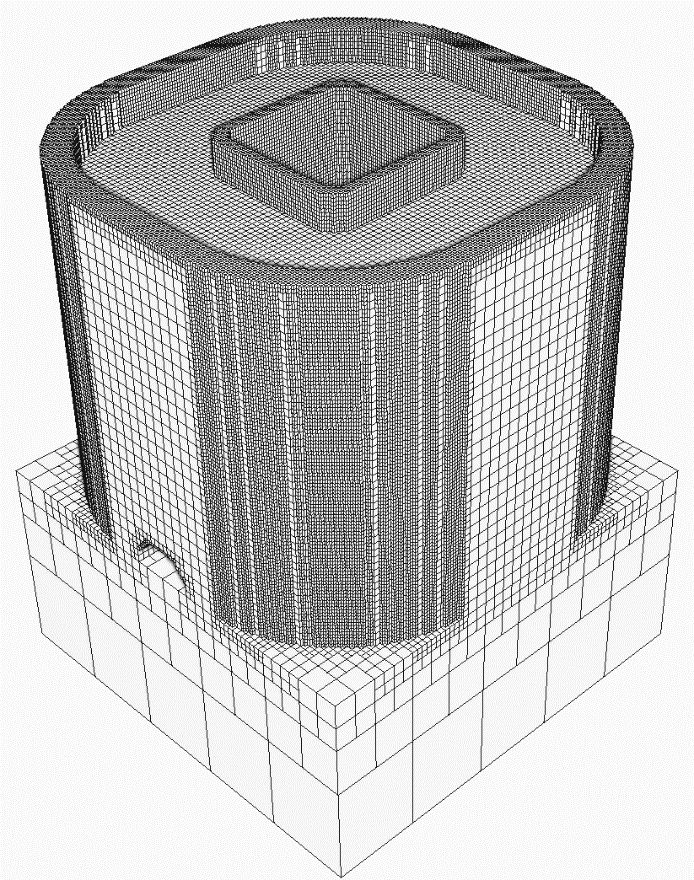& Construction

Integrated BIM tools, including Revit, AutoCAD, and Civil 3D
& Manufacturing

Professional CAD/CAM tools built on Inventor and AutoCAD

Generative Machine develops an open-source 5-axis FDM 3D printer, designed using Autodesk Fusion’s generative design and AI-driven tools.
Advanced Manufacturing

Discover Fused Deposition Modeling (FDM), its processes, benefits, and applications across industries. Learn how Autodesk Fusion optimizes FDM workflows for design and manufacturing excellence.
Advanced Manufacturing

We’re excited to introduce Kennametal Import Tools—a game-changing application designed to enhance your capabilities and fuel innovation.
Advanced Manufacturing

Learn how to create and optimize support structures in Autodesk Fusion to enhance the sintering process. This guide covers everything from setup to generating and managing supports, ensuring your parts maintain precision and quality during additive manufacturing. Supporting part during sintering is an important process in additive manufacturing as it ensures the quality and precision…
Advanced Manufacturing

Circle segment cutters in Fusion reduce cycle times and maintain high-quality finishes, enhancing efficiency and profitability in machining complex geometries. The way a component’s geometry is machined significantly impacts both cycle duration and surface finish quality. These factors can either increase or decrease the total cycle time. This directly affects the cost of the component…
Manufacturing

Autodesk AI helps you move beyond non-value-added tasks so you can focus on what truly matters to your business: driving innovation.
Thought Leadership

Explore CNC machining basics, machine types, and how Autodesk Fusion enhances precision and productivity in modern manufacturing.
Manufacturing

Discover the critical factors shoe design and manufacturing companies must consider when selecting a software solution, and learn why Autodesk Fusion is the ideal choice for seamless integration, advanced 3D modeling, customization, and scalability.
Product Design & Engineering

In education, 3D printing, supported by tools like Autodesk Fusion, enhances learning by making complex concepts tangible, fostering creativity, and preparing students for future careers.
Manufacturing

Autodesk and SCANLAB have created a real-time closed-loop control system for laser powder bed fusion processes, enhancing precision and efficiency in additive manufacturing.
Manufacturing

The Autodesk Fusion Manufacturing Extension gives manufacturers the opportunity to improve production quality and consistency.
Advanced Manufacturing

Unsure about water jet cutting and whether it’s suitable for you and your company? Read about how highly pressurized water can cut through almost any material imaginable.
Advanced Manufacturing

In finite element (FE) analysis the detail in which a geometry is discretized into nodes and elements determines the system resources and computational time required to calculate the solution. A balance must always be struck between capturing all the complexity of a component and producing simulation results in a useful timeframe. The number of elements…
Fusion

In Finite Element (FE) modeling, the accuracy of any simulation is largely driven by the accuracy of the boundary conditions. In the modeling of Laser Powder Bed Fusion (LPBF) processes, the key thermal boundary conditions are: For now, lets focus on heat losses which occur during the LPBF process. Heat Loss Mechanisms In LPBF, the…
Fusion
May we collect and use your data?
Learn more about the Third Party Services we use and our Privacy Statement.May we collect and use your data to tailor your experience?
Explore the benefits of a customized experience by managing your privacy settings for this site or visit our Privacy Statement to learn more about your options.